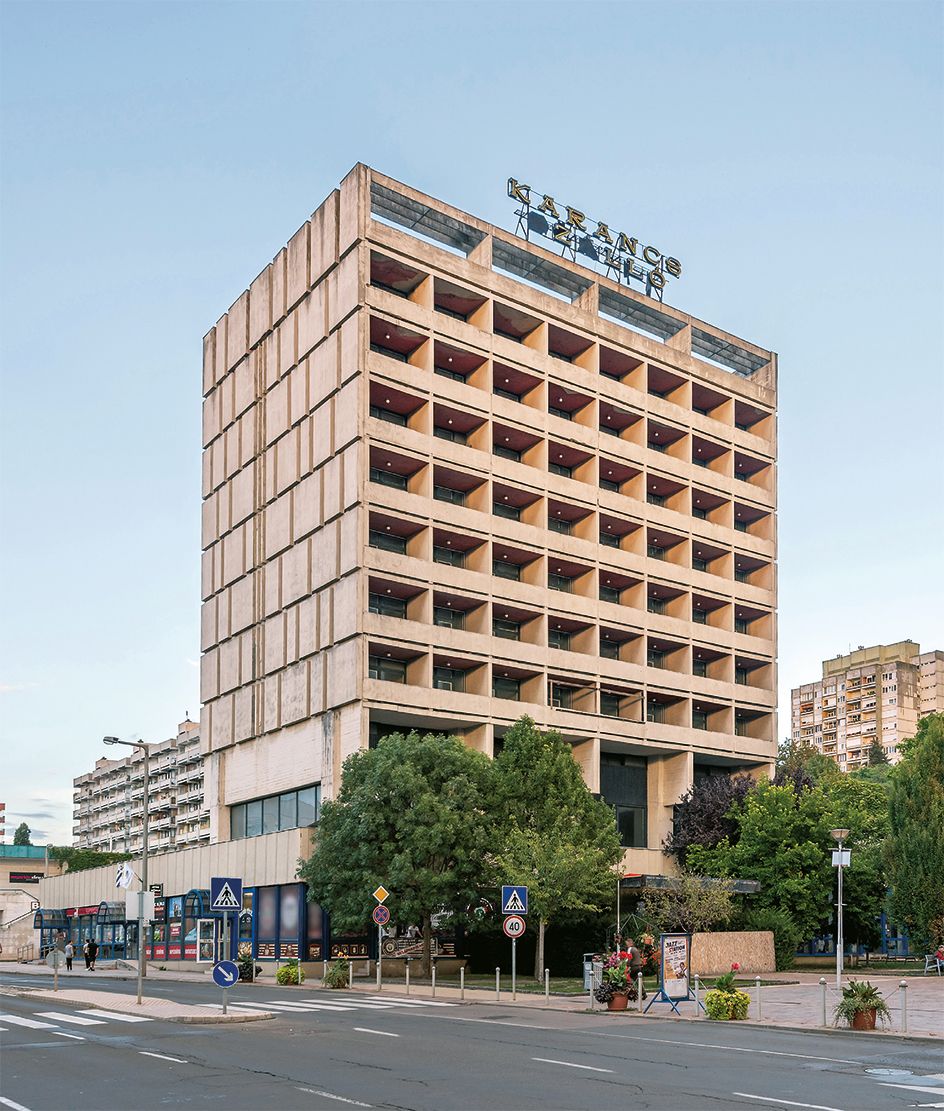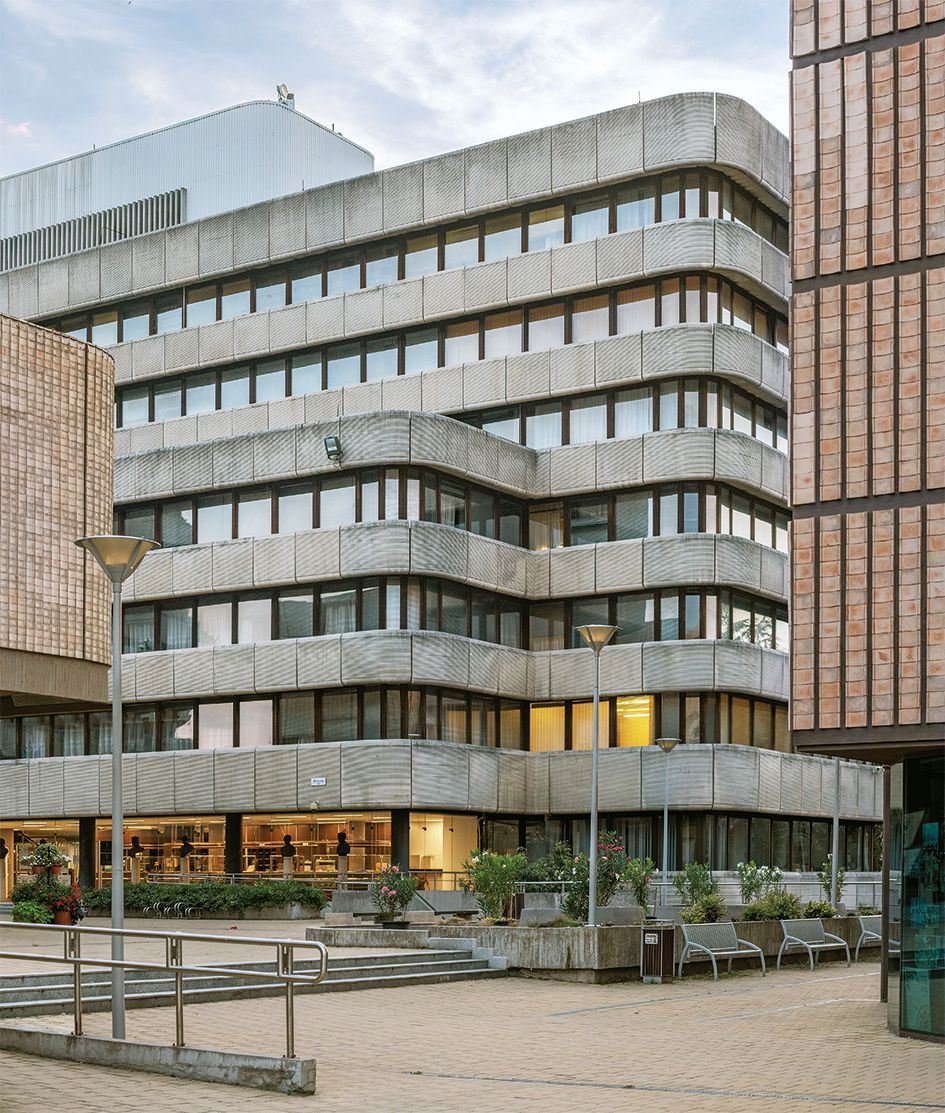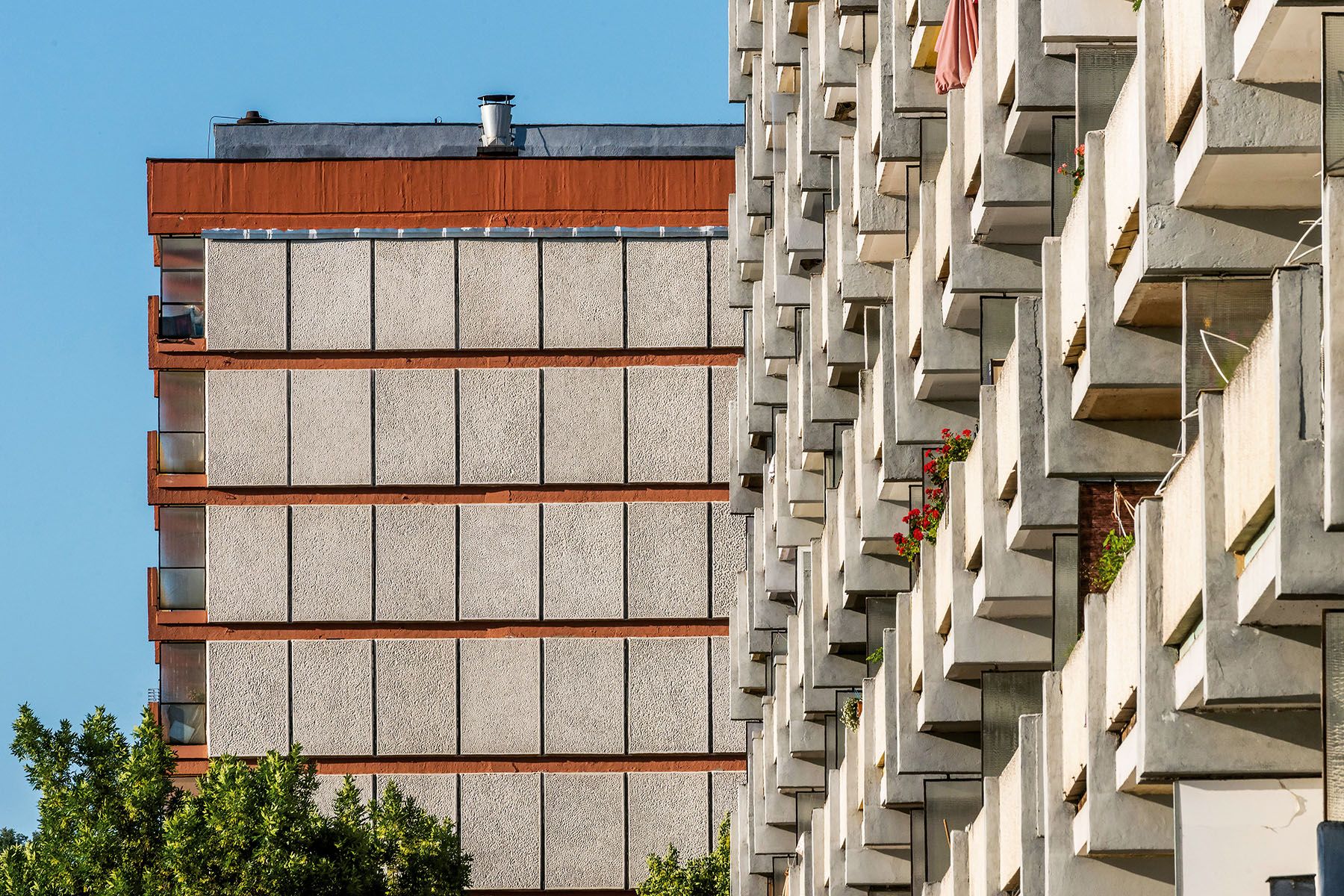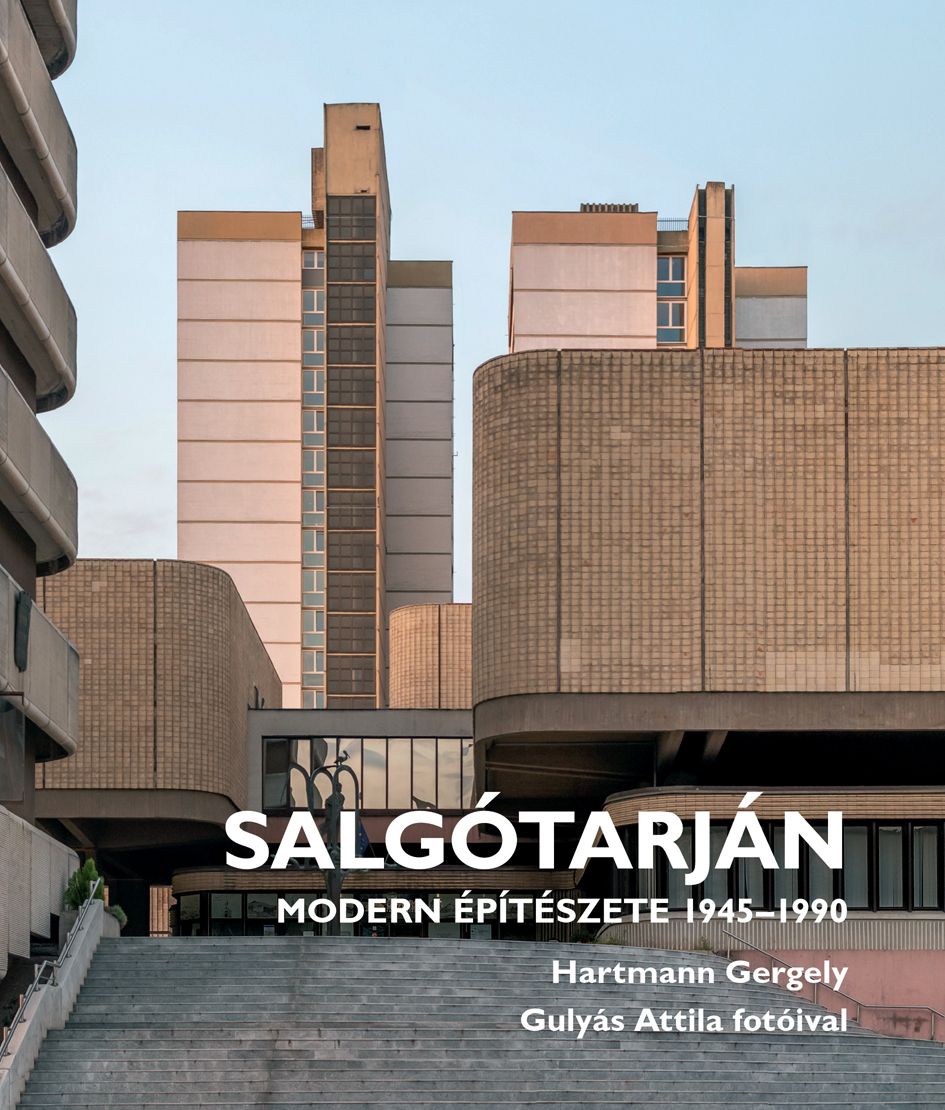While Salgótarján and its surroundings, the seat of Nógrád County, has some important attractions, the town itself has certainly not been a popular destination for day-trippers—until recently. Here’s a new user-friendly, accessible, and enjoyable walking guide to get you in the mood for exploring the town and its distinctive architecture. The modern architecture of Salgótarján in the spotlight!
László Kedves has been publishing architectural books, or more precisely architectural walking guides, for ten years: he has published, for example, the volumes entitled Church Walks in Budapest (Templomséták Budapesten) and Church Walks in the Danube Bend (Templomséták a Dunakanyar), which were also featured in the columns of Hype&Hyper. This time, the series has been extended with a new architectural guide.

“Already in 2011-12, I thought it would be a good idea to publish a volume or two on modern architecture from after the Second World War, but I decided against it because I saw how these buildings were the subject of wider public odium. This is no longer the case, and more and more people are taking an interest in the period. That’s why I thought it would be worth taking the leap,” said László. And so he approached the author of the new book, Gergely Hartmann, with the idea of a late modern walking book. The only question that remained was which city to choose, but they quickly decided on Salgótarján.
The curiosity of Salgótarján is that it essentially took shape in the 60s, 70s, and 80s, with an almost uniform style and concept, and its building stock has survived to this day. “This period has gained attention both at home and abroad over the last decade, but its professional and wider publication and presentation in Hungary is still in its infancy. Even among these, Salgótarján occupies a distinguished place in the history of architecture in Hungary and Central Europe. Its development is continuous from the post-war years until the regime change, and as such, it is a kind of condensation, an essence of our architectural history between 1945 and 1990. Therefore, for those interested in this architectural period, there is perhaps no city more instructive and interesting,” Gergely noted. “In the eyes of architects and art historians, this is an iconic city, and my aim with this book is to make it so for the general public,” added László.






According to László, the series of walking tour books focusing on late modern architecture does not end here: hopefully, sooner or later, all Hungarian cities will be included. The guides to Dunaújváros and Budapest are planned to be published in 2023. The latter will be produced in collaboration with art historian Dániel Kovács.
The guide Modern Architecture of Salgótarján 1945-1990 (Salgótarján modern építészete 1945-1990) explores 69 buildings on 128 pages, built around 6 walks. Maps help you find your way around, and the short yet entertaining descriptions are accompanied by photographs by Attila Gulyás.

A gift map for adventurers | What to give your bravest loved ones?

Design for your kitchen










